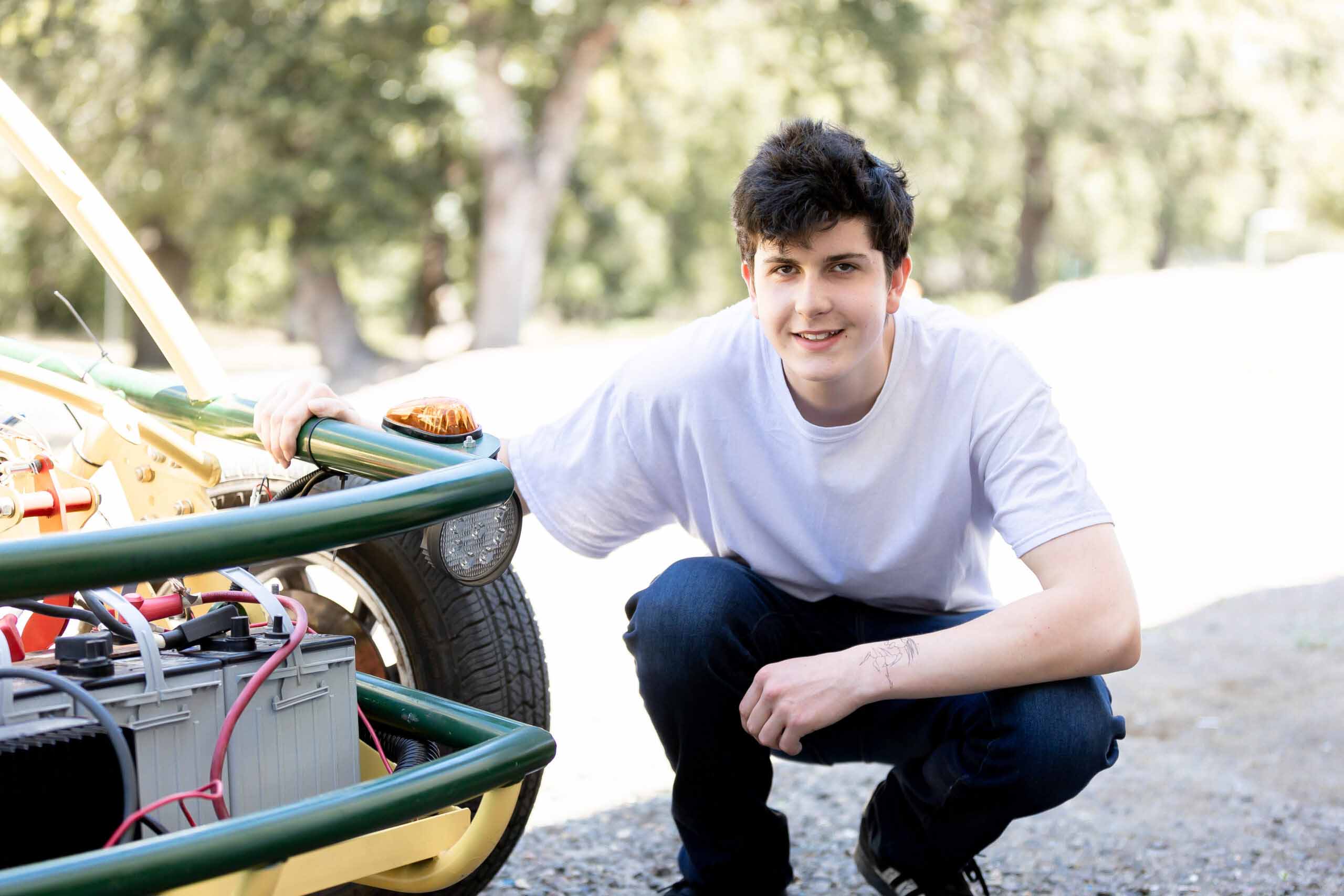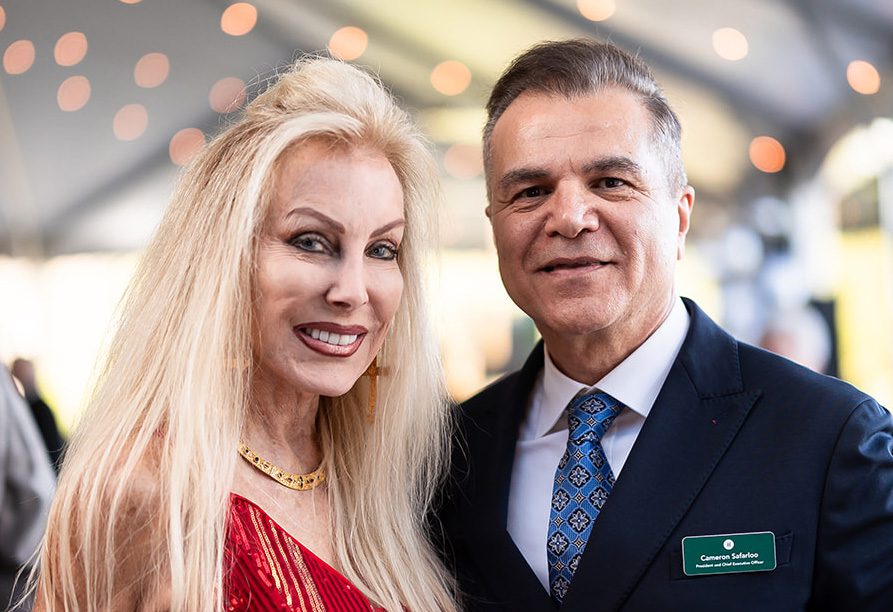For more than 70 years Hanna Center has helped boys whose lives have been impacted by trauma and adversity find healing and chart a new course. Our residential program, predicated on the values of faith, education and caring, has turned hurt into hope for thousands of young men.
But times change. Over the last decade we have learned much about the impact of trauma and adversity on brain development and the long-term health and well-being of those affected. A landmark study on adverse childhood experiences (ACEs) not only maps out these connections, but also reveals just how prevalent the problem is: nearly 1 in 6 people—50 million Americans—have experienced significant childhood adversity. The ACE study warns of a major and mounting public health crisis—one that if not addressed, will have lasting negative impacts throughout our society.
Given Hanna’s long history of working with boys impacted by trauma and adversity, along with the emerging science in this field, we at Hanna feel an obligation to do more: to reach beyond our residential program and serve more young people and their families, by training other youth-serving organizations and helping build resilience in communities.
To this end, we launched the Hanna Institute in the fall of 2016. The Hanna Institute’s mission is to leverage what we have learned over more than 70 years of helping young men recover from abuse, neglect, trauma and adversity; and through training, consultation, collaboration and partnership, provide support to other youth-serving organizations and communities dedicated to building resilience in children and families.
Make no mistake: the Hanna Institute doesn’t supersede or change the mission of Hanna Center. Our residential program will always be our top priority and the core of our work. But by collaborating with others committed to this common mission, we’ll be able to impact thousands more young people and their families, which in turn will strengthen our ability to serve the boys on our campus.
The need is enormous. Hanna is honored to use its considerable expertise in this area, along with the latest advances in neuroscience and trauma theory, to help break the vicious cycle of trauma and adversity so prevalent in communities today.
—- Brian Farragher



